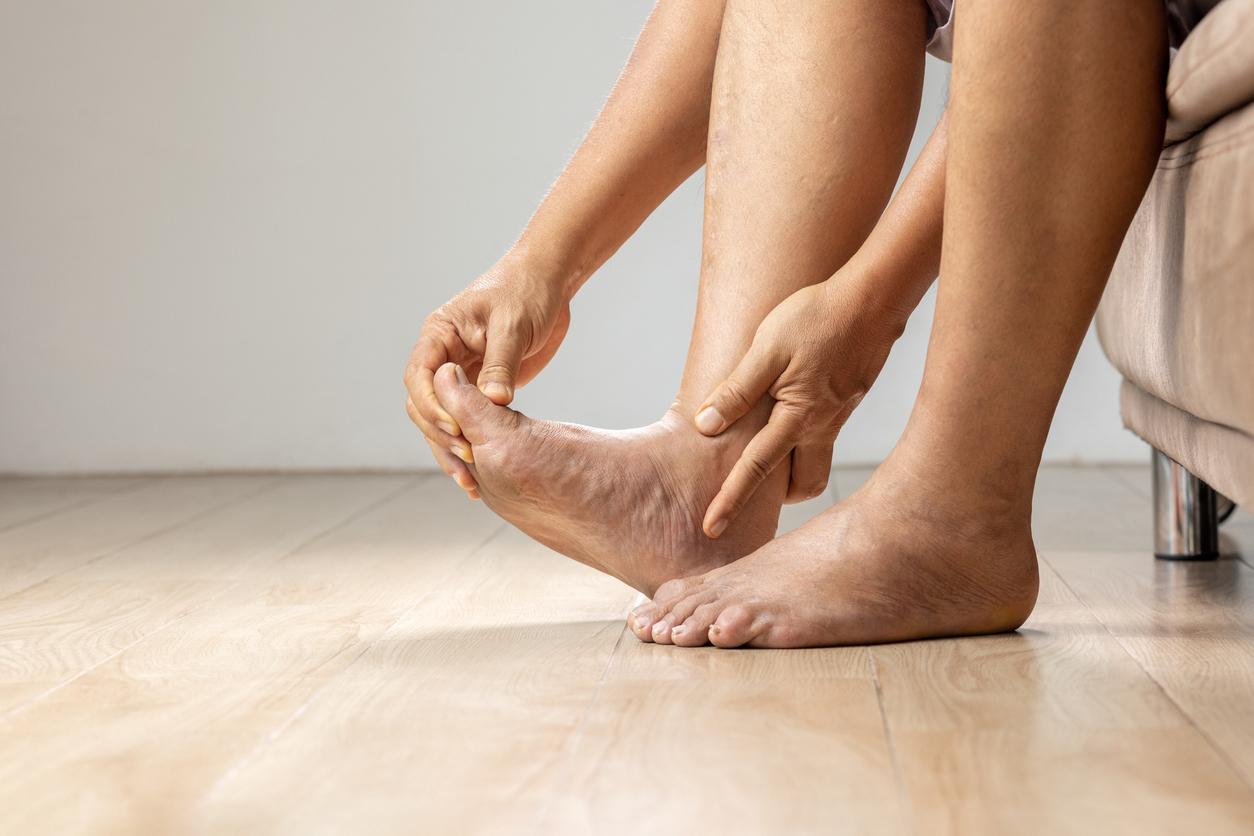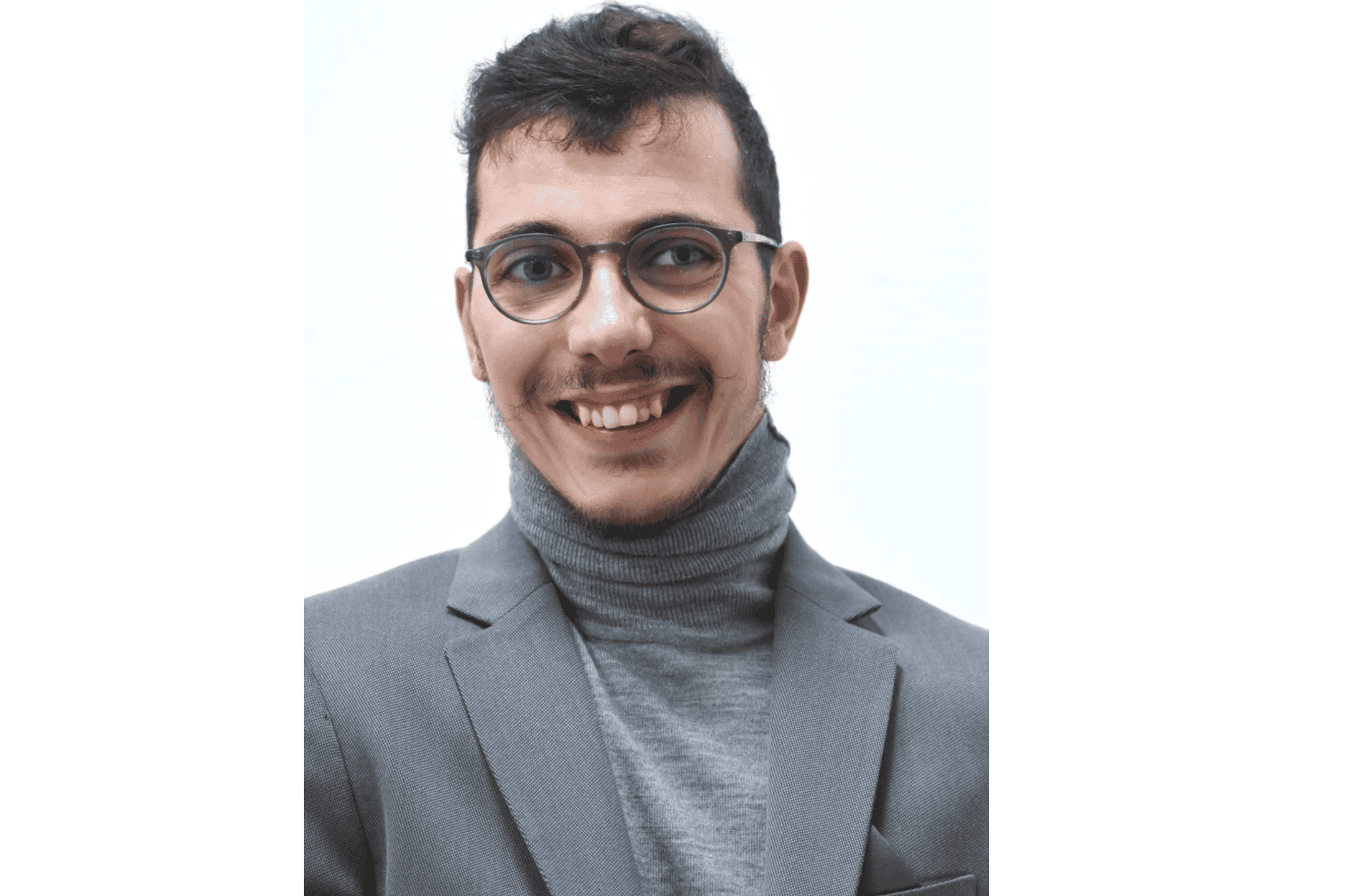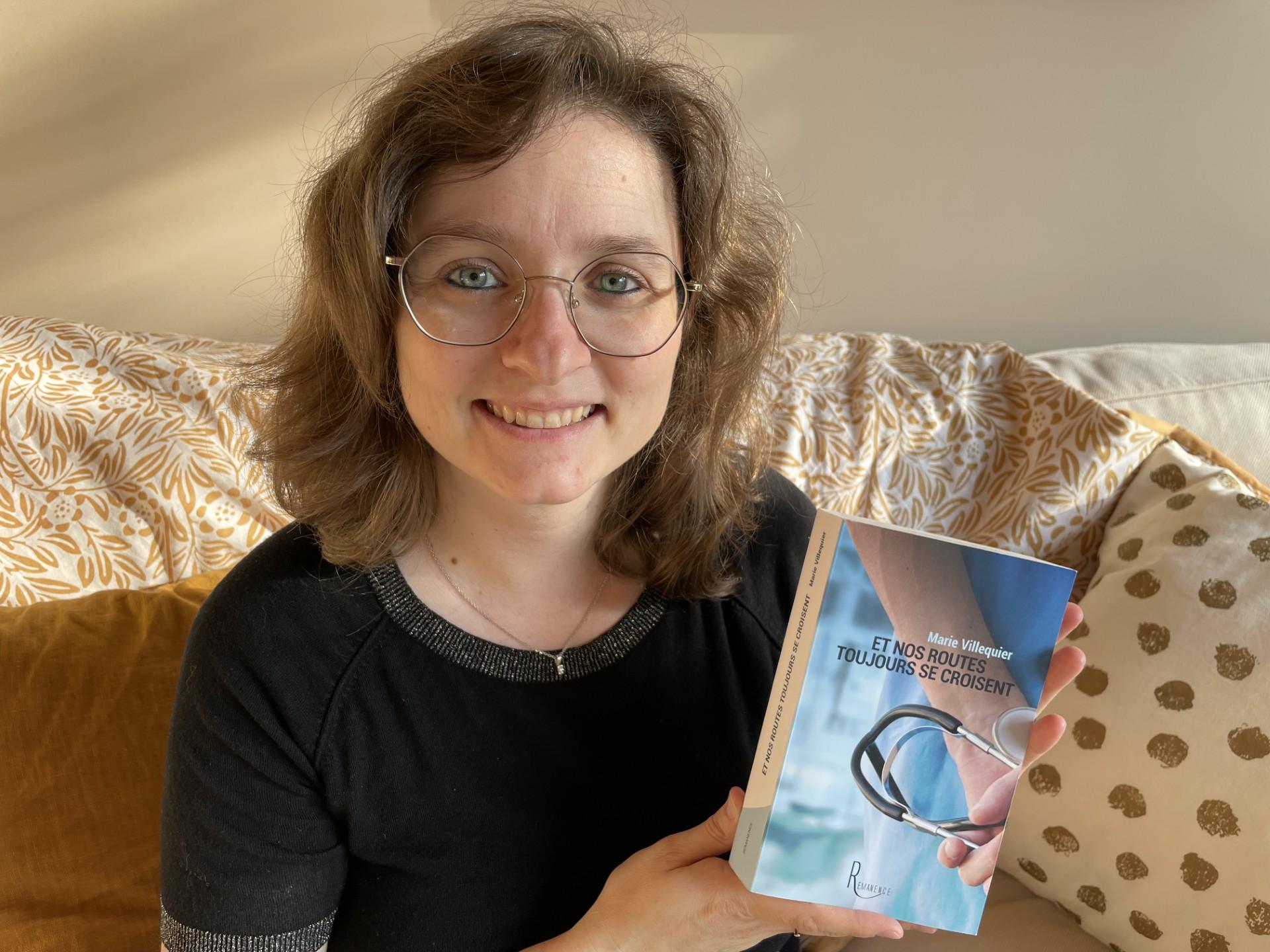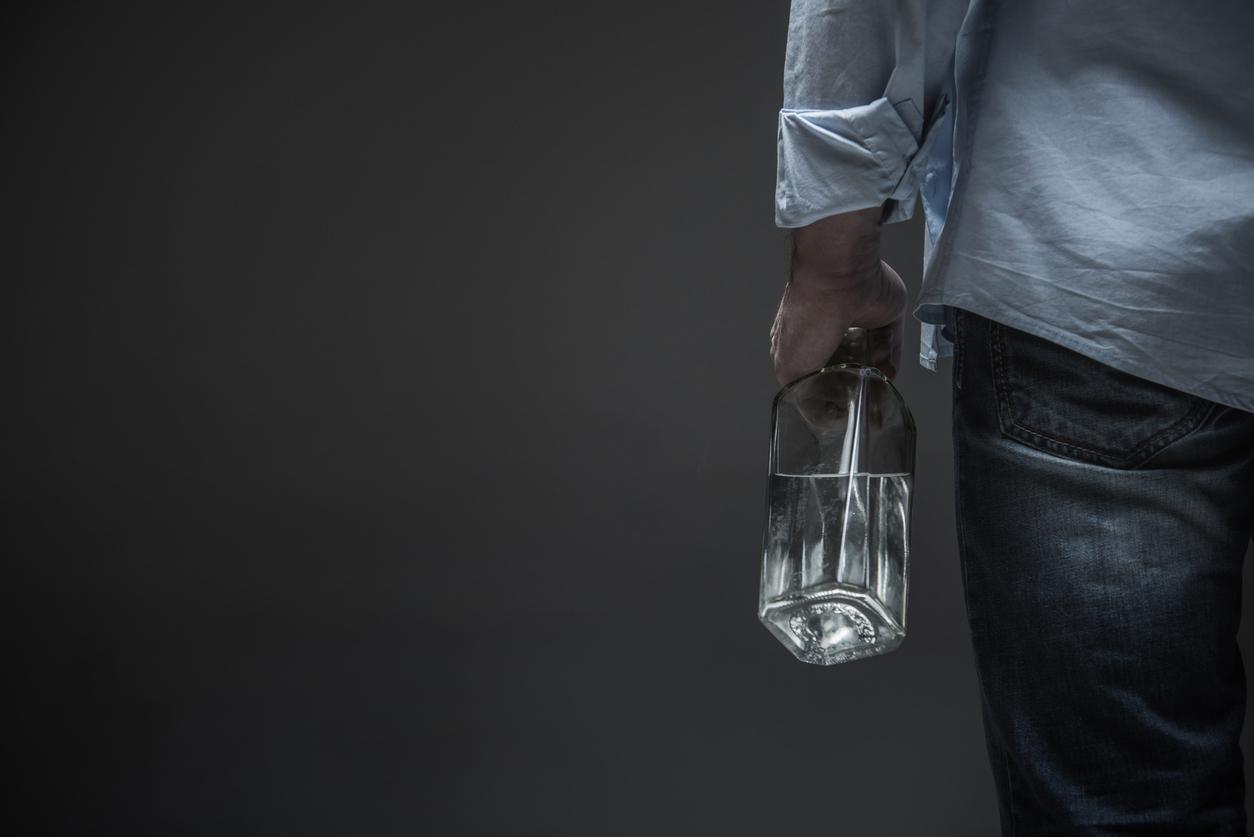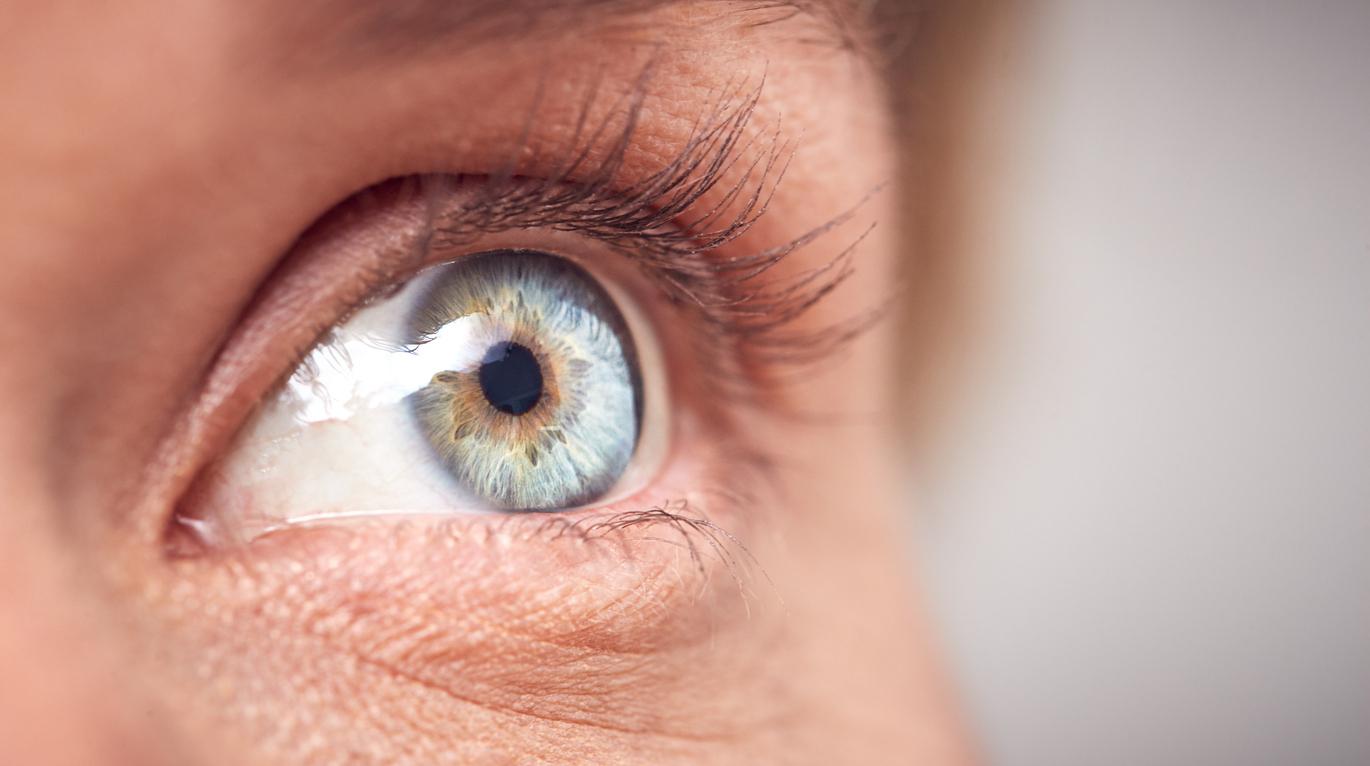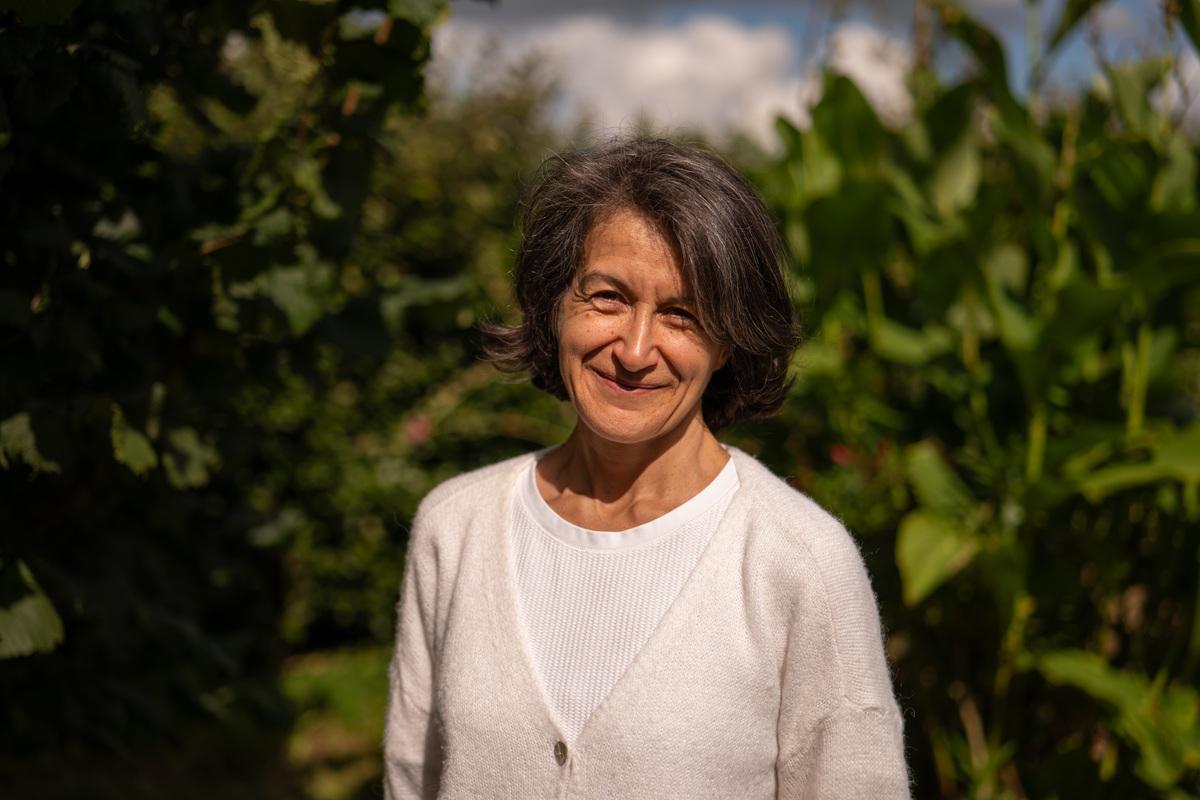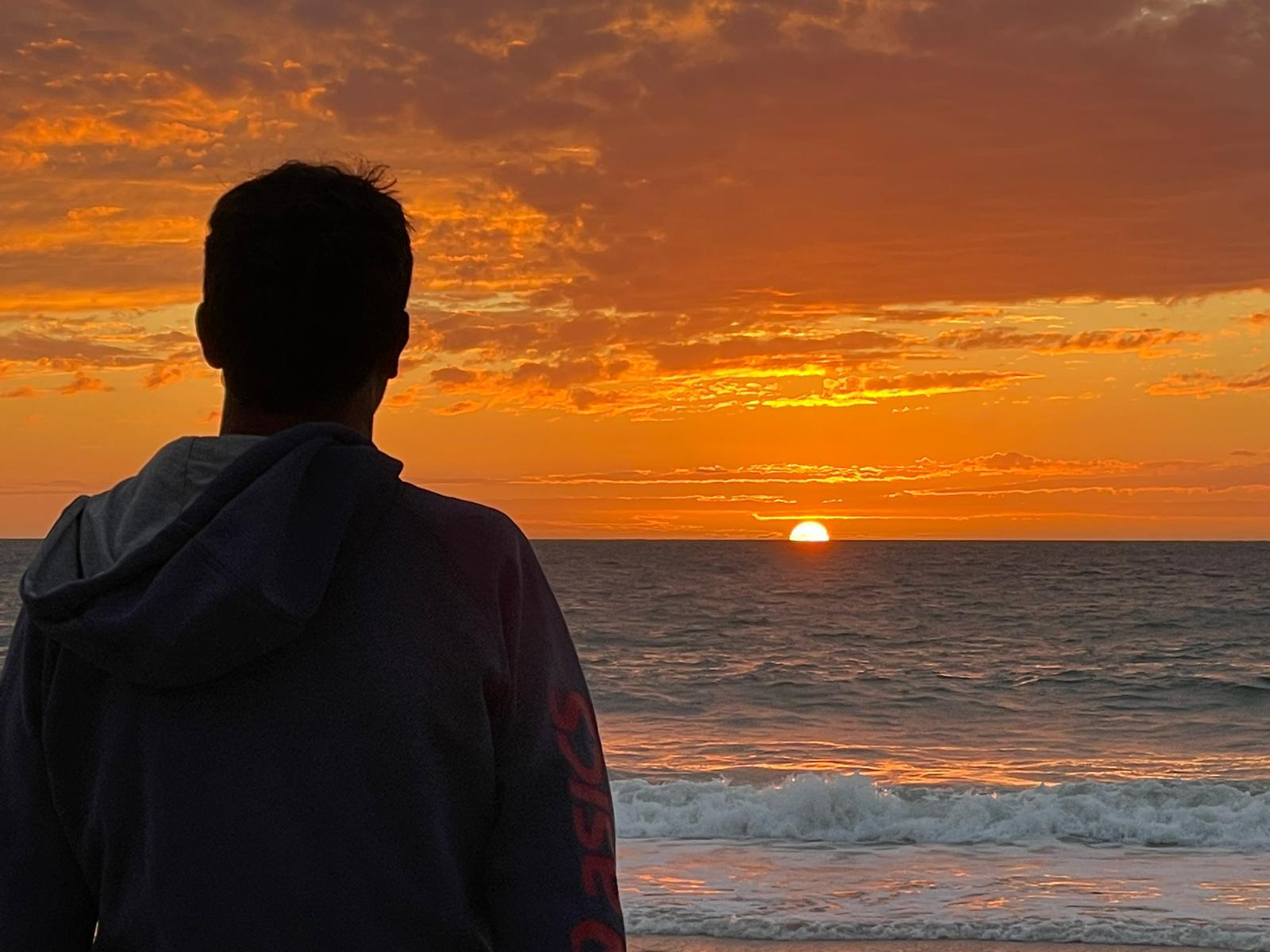Sophie Da Mota Gomes, who suffers from a rare genetic condition called Cowden’s disease and Ehlers-Danlos Hypermobile syndrome, opened up about her life with two illnesses that are little known to the general public and many doctors.
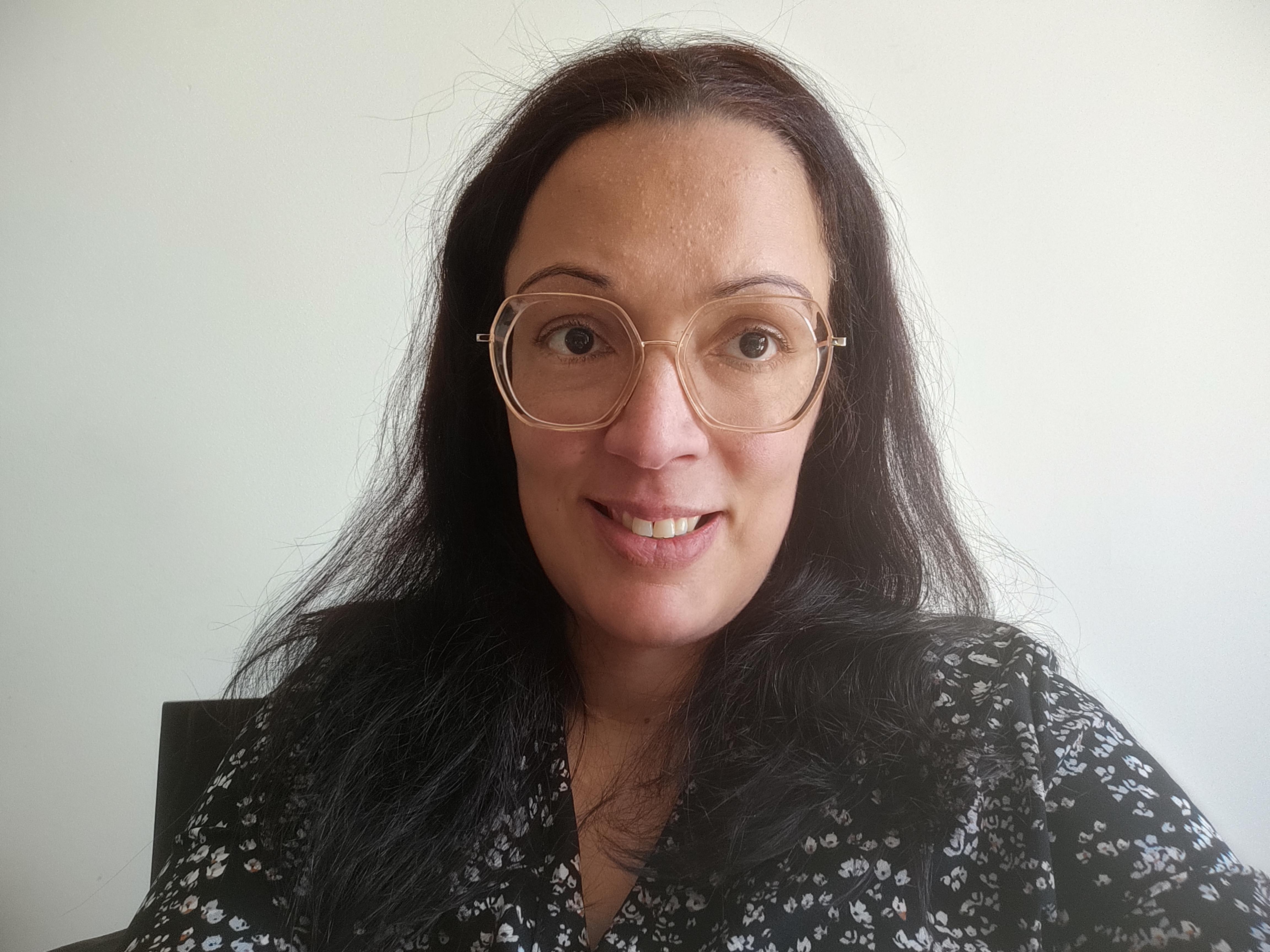
- When she was in her twenties, Sophie discovered that she suffered from Cowden’s disease. This rare genetic pathology promotes the appearance of disseminated malformations with a tumoral appearance and increases the risk of several cancers.
- After her pregnancy, she underwent a mastectomy and a hysterectomy. After these operations, she had significant healing problems.
- This complication was one of the symptoms of another disease: Hypermobile Ehlers-Danlos syndrome.
“Cowden’s disease is a rare genetic disease. It causes hamartomas – that is, tissue malformations – multiple and disseminated. These can be benign or cancerous. This can range from lipoma to angioma, from benign tumor to cancerous tumor”explains Sophie Da Mota Gomes.
If the inhabitant of the Val d’Oise knows this syndrome so well, is that she is the one in 200,000 people who suffer from it. This little-known pathology leads to an increased risk of breast cancer (+85%), epithelial thyroid cancer or even endometrial carcinoma. “In addition to the thyroid, breasts and endometrium, the disease can also sometimes affect the kidneys.”she says.
Cowden: “My stomach and intestines were full of polyps and small tumors”
Cowden syndrome first appeared in Sophie’s life when she was just 15 years old. “One day, when I came home from shopping with my mother, my neck was so swollen that it seemed to be gone. We went to our GP who immediately sent me for an ultrasound and to see a surgeon. The surgeon removed the left side of my thyroid. The tests revealed other complications. I had to have fibroscopies and a colonoscopy: the doctors then discovered that my stomach and intestine were full of polyps and small tumours. They gave me only a few weeks to live.”
Sophie was sent to Paris. The doctors said it was a polyposis that needed to be monitored. “They didn’t really look any further”, the patient recalls. Over the next few years, she continued has increase the number of trips to specialists. “I had a lot of operations between the onset of the disease and the diagnosis because each tumor detected was removed to find out if it was cancerous or not.”she explains. Finally, it was a vascular surgeon who sent her to see a geneticist, almost 10 years later.
HAS Following these tests, she heard the name “Cowden syndrome” for the first time. The tests also revealed that it was a neo-mutation. That is, neither of her parents were carriers of the genetic disease. The mutation appeared spontaneously.
“With Cowden’s disease, we’re still talking about cancer”
Why such a long medical wandering? “Many doctors don’t know about Cowden’s disease. In consultation, we have to explain to them what it isand that, with their medical vocabulary. It’s not always easy.” Therefore, to raise awareness of the syndrome and encourage dialogue with health professionals, Sophie created the association PTEN Official France in 2021 with Delphine Chouani and Christiane Bonnet.
“With Cowden’s disease, we are still talking about cancer. It is therefore important to have a calm and educational dialogue with doctors. Our association campaigns, among other things, for the integration of psychologists into teams. This would allow us to learn how to manage the disease and deal with the risks of cancer. It is important to have a good team.”
In fact, it is a complicated pathology for patients. “On Monday, everything is fine and on Friday, you are diagnosed with cancer. Diagnoses can happen very quickly.” Patients must have regular tests.It is sometimes exhausting to follow all the necessary tests to be done. In 25 years, I have had two two-year phases where I tried to leave the disease aside: when I left in Erasmus – I needed to not be told about the hospital for a year – And during the Covid-19 epidemic. I was afraid to go into a hospital.”
Cowden: “I had the best months of my life during my pregnancy”
Although the illness was not always easy for Sophie to live with, it never silenced her desire for motherhood. “Despite the doctors’ disagreement, I got pregnant naturally. My husband and I wanted to know if the baby had the disease. HAS 12 weeks pregnant, I did a trophoblast biopsy to see if he had the disease.” After a month of agonizing waiting, during which all the scenarios ran through their heads, good news awaited Sophie and her husband: their little girl is not a carrier of the genetic mutation responsible for the pathology.
“Everything went very well for the rest of the pregnancy. HonestlyI“I had the best months of my life. I was never sick. I was never tired. It was really the best months of my life.” And the baby was already very present in Sophie’s daily life. “It may be because we have hypersensitivity at tissue levels, but I felt my daughter from the beginning, the first month, when I had no symptoms of pregnancy.”
“I resigned myself to having a mastectomy and a subtotal hysterectomy”
However, the disease did not stop his attacks. “During my pregnancy, I had the feeling that a symptom was starting to appear. I spoke about it with health professionals, they told mewe will see later. After the birth, I asked to go an MRI. It was then discovered that the disease was developing in the brain. I have tumors and arteriovenous malformations. I now say that I have my girlfriends in my head.”
In total, Sophie had 4 stroke warnings. “My body took a hit”she acknowledges. In addition, her endometrial hyperplasia – one of the disorders favored by Cowden’s disease – worsened after giving birth.Over a month, I had 25 to 26 days of periods. I had iron bags after iron bags. But nothing worked.” Exhausted by blood loss and health concerns, Sophie could no longer stand. In addition, the hamartomas continued to multiply. “Counting both breasts, I had more than 70 tumors. So, in 2015, I resigned myself to having a mastectomy and a subtotal hysterectomy, and thus giving up my breasts and a possible other motherhood.”
These two operations as well as a breast reconstruction were scheduled at the same time. “I went into surgery at 7am and left at 8pm. I didn’t know if I was going to come out alive, I was so weak.”
Although these surgeries were intended to give him more peace of mind, the healing problems multiplied. “I had infection after infection. I had no strength in my arms. I had to have another operation at least six times.”
Ehlers-Danlos Hypermobile: “I said to myself: I’m not crazy”
In addition to this recurring problem of poor healing, the young mother saw the appearance of “increasingly unmanageable pain and chronic fatigue”However, the specialists consulted did not provide any answers.
“I saw a lot of doctors at that time. They all told me that it was all in my head. They actually made me doubt a lot. But I’m lucky – since the birth of my daughter – to have an exceptional treating physician who told me “listen to your bodyhe never betrayed you.” He convinced me to continue with the exams.
After seven years of research and testing, Sophie discovered the origin of her new inexplicable disorders. She also suffers from Ehlers-Danlos Hypermobile syndrome. This pathology is mainly accompanied by hypermobility, skin fragility and a tendency to hemorrhage. While it led to new treatments and care to follow, this diagnosis was also a relief for the patient who had been little heard by the medical world until then. “I have myself said : I’m not crazy. I really have something.”
Another problem for people with rare diseases is that their immunity is often more fragile. “In October 2022, I had Covid-19. It turned into long Covid and nowII have post-Covid syndrome. I am currently undergoing treatmentbecause I breathe very badly.” And for her today, these post-Covid respiratory problems are the most difficult to bear, because she has learned “to manage his pain” For years.
But Sophie does not admit defeat. “You should never lose hope. I have my daughter and my husband who keep me motivated every day, as well as my fight to raise awareness of Cowden’s disease among as many people as possible, with the association.”









-1739366311.jpg)
